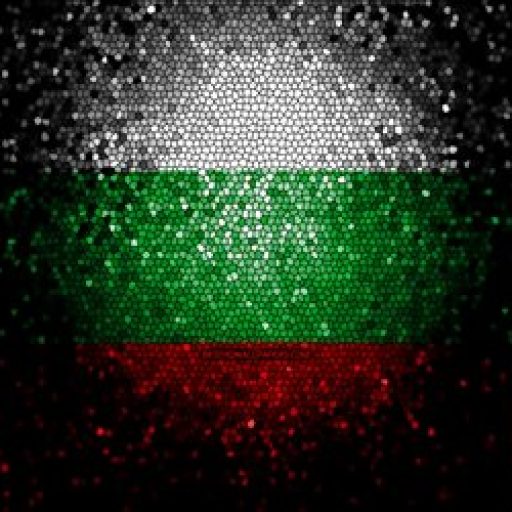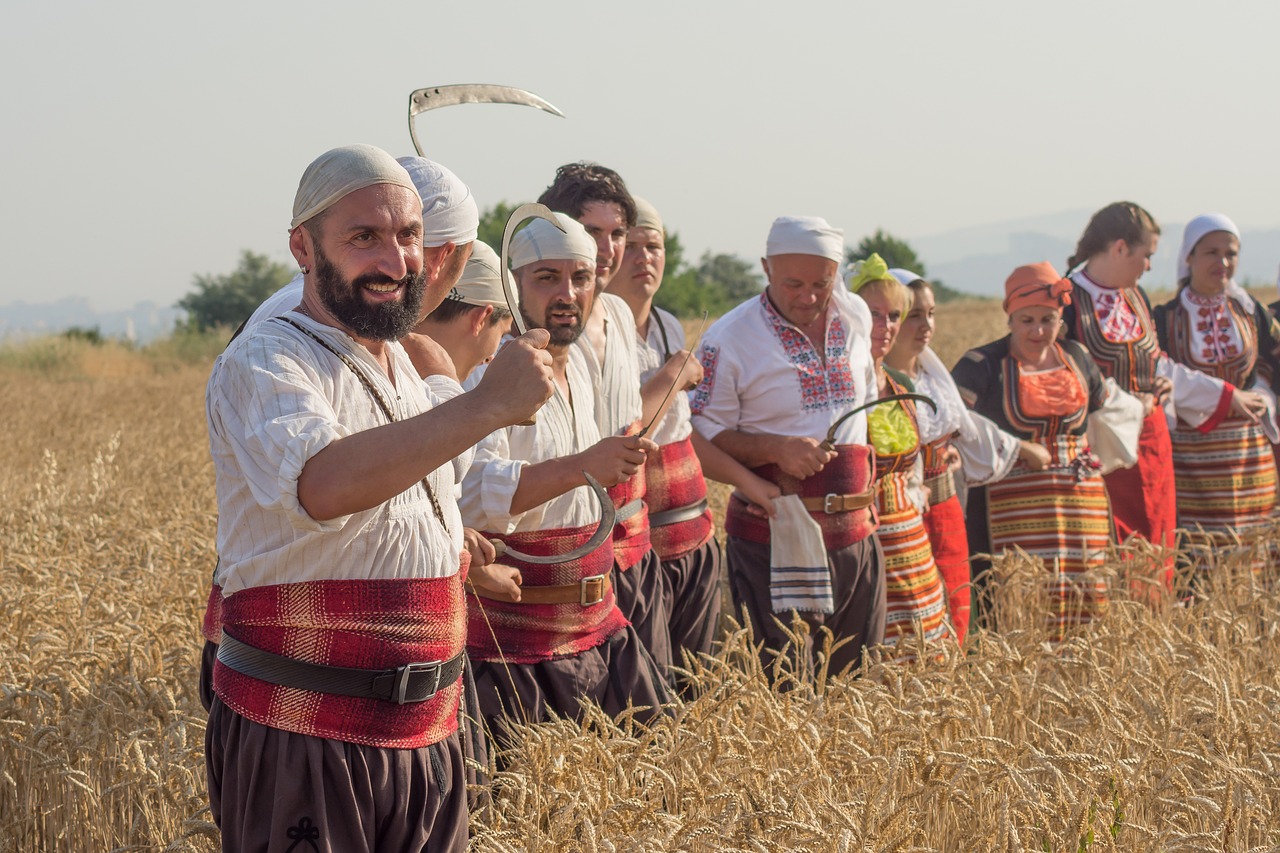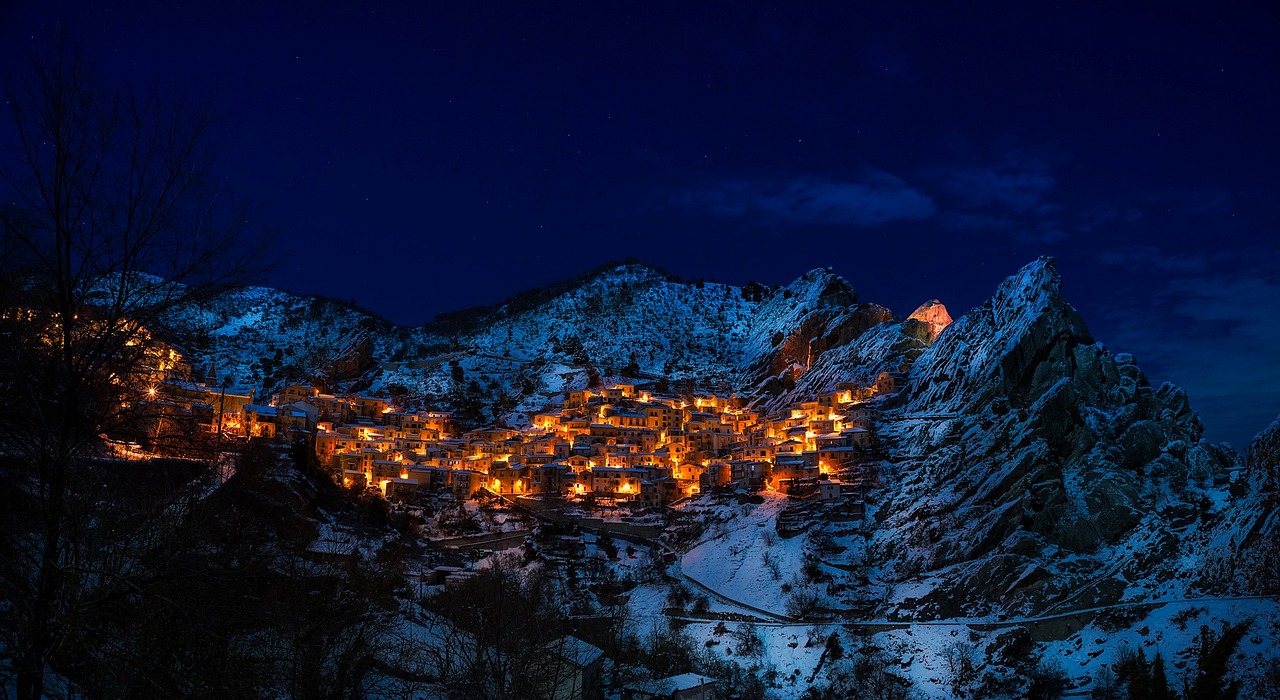In the realm of history, the past is often likened to a vast and mysterious treasure trove, waiting to be unearthed and explored. One such hidden gem is the ancient Thracian necropolis of Beden, a captivating site that offers a glimpse into the customs and way of life of the Thracian population during the Roman Age. Like a key to a long-forgotten chest, the discovery of this necropolis in the village of Beden has unlocked a wealth of knowledge and intrigue.
Unearthed in 1963 during the construction of a potato storage warehouse, the necropolis has proven to be of immense significance. Its various graves, along with the additional four graves found along the ridge of Golyama Chorkva, provide invaluable insights into the rituals and practices of the Thracians. The artifacts that have been excavated, including cups, bowls, jugs, pots, trays, and dishes, serve as tangible links to the past, showcasing the Thracians’ craftsmanship and artistic expression. Of particular interest are the Thracian imitations of Roman cookware, indicating the presence of local pottery production.
Situated above the village of Beden, this enigmatic necropolis beckons visitors to delve into its secrets. The Tourist Information Center in Smolyan is a gateway to this ancient world, offering virtual maps and photos of the site. As we embark on this journey, let us embrace the freedom to uncover the lost treasures of the ancient Thracians and unravel the mysteries that lie within Beden’s enigmatic necropolis.
Key Takeaways
- The necropolis of Beden, located under the village of Golyama Chorkva, was discovered in 1963 during the construction of a potato storage warehouse.
- Additional graves were found along the ridge of Golyama Chorkva, indicating a larger burial site.
- The artifacts found in the necropolis, such as cups, bowls, jugs, pots, trays, and dishes, suggest local pottery production and Thracian imitations of Roman cookware.
- The necropolis provides valuable insights into the life, customs, daily lives, and rituals of the Thracian population during the Roman Age, showcasing their craftsmanship and artistic abilities.
What is it?
The Beden necropolis, located under the village of Golyama Chorkva, is a late antique burial site that provides insights into the life and customs of the Thracian population during the Roman Age. This necropolis was discovered in June 1963 during the construction of a warehouse for potato storage, and four other graves were found during road expansion along the ridge of Golyama Chorkva. The various items found in the necropolis, such as cups, bowls, jugs, pots, trays, and dishes, offer a glimpse into the material culture of the Thracians. Most of these artifacts can be seen in the regional history museum in Smolyan. These bowls, in particular, are Thracian imitations of Roman cookware and are related to local Thracian pottery production. The historical context and cultural significance of the Beden necropolis make it a valuable site for understanding the Thracian population during the Roman Age.
Discovery and Significance
Discovered during construction work, the late antique necropolis in the village of Beden provides valuable insights into the life and customs of the Thracian population during the Roman Age, but what secrets do these graves hold? The significance of the findings in this necropolis goes beyond the mere discovery of burial sites. It sheds light on the cultural implications of the Thracian population during the Roman Age. The various items found, such as cups, bowls, jugs, pots, trays, and dishes, offer a glimpse into the daily lives and rituals of the Thracians. The Thracian imitations of Roman cookware found in the necropolis suggest a connection between the local Thracian pottery production and the wider Roman influence. This discovery also showcases the craftsmanship and artistic abilities of the Thracian people. Overall, the necropolis in Beden holds great significance in understanding the cultural heritage and historical context of the Thracians during the Roman Age.
Artifacts and Exhibits
The artifacts and exhibits found in the late antique necropolis provide valuable insights into the material culture and artistic abilities of the Thracian population during the Roman Age. Among the various items discovered in the necropolis are cups, bowls, jugs, pots, trays, and dishes. Most of these items can be seen in the regional history museum in Smolyan. Of particular interest are the Thracian imitations of Roman cookware, which are related to the local Thracian pottery production. These bowls, along with other pottery items, reflect the influence of Roman culture on the Thracian population and their ability to adapt and incorporate Roman artistic styles into their own craftsmanship. The exhibits in the regional history museum showcase the intricate designs and craftsmanship of these artifacts, providing a glimpse into the artistic abilities of the ancient Thracians.
Frequently Asked Questions
How was the late antique necropolis in Beden discovered?
The late antique necropolis in Beden was discovered in June 1963 during the construction of a warehouse for potato storage. Another four graves were found during road expansion.
What other graves were found in the area of Golyama Chorkva during road expansion?
During road expansion in Golyama Chorkva, four other graves were found along the ridge. The impact of this expansion on the environment and concerns of the local community are important factors to consider in the archaeological exploration of the area.
Where can the various items found in the necropolis be seen?
The various items found in the necropolis can be seen at the regional history museum in Smolyan. These items, such as cups, bowls, jugs, pots, trays, and dishes, provide valuable insights into the Thracian population’s life and customs during the Roman Age.
What is the connection between the bowls found in the necropolis and Thracian pottery production?
The bowls found in the necropolis are Thracian imitations of Roman cookware and are related to local Thracian pottery production. They provide insight into Thracian pottery techniques and pottery symbolism during the Roman Age.
What are some recommended places to visit in the area besides the necropolis?
Recommended activities in the area include visiting Pamporovo, The Yagodina Cave, the Planetarium in Smolyan, Krastova Gora, and Batak. These hidden gems offer unique experiences and insights into the natural beauty and cultural heritage of the region.












